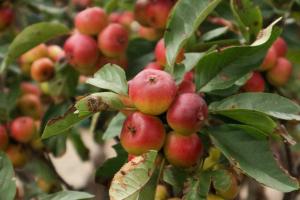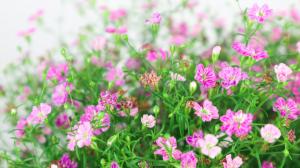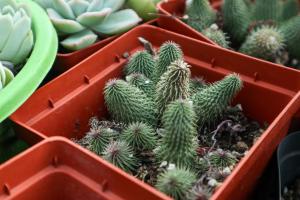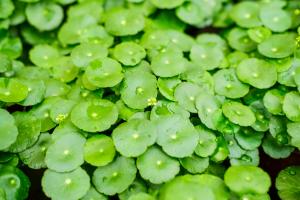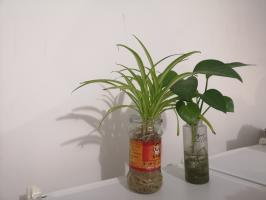What is the Rubber Plant Tree?
The Rubber Plant Tree, also known as Ficus elastica, is a popular ornamental plant that is native to the tropics of Southeast Asia. It belongs to the Moraceae family and is related to fig trees. The plant has shiny, large, and thick leaves that come in various shades of green and burgundy. It can grow up to 100 feet tall in its natural habitat, but typically reaches a maximum height of 10 to 12 feet when grown as a houseplant.
History and Culture
The Rubber Plant Tree has been cultivated for thousands of years for its latex, a milky fluid that is extracted from the tree's bark. The latex was originally used by the indigenous peoples of Southeast Asia for waterproofing, making shoes, and producing rubber balls. With advancements in technology, the rubber industry has expanded and is now an important commodity worldwide.
In addition to its practical uses, the Rubber Plant Tree has cultural significance in several Asian countries. In India, it is believed to be a symbol of prosperity and it is common to give a Rubber Plant Tree as a housewarming gift. The plant is also associated with wealth in feng shui, a Chinese practice that is based on the concept of harmonizing people with their environment.
Care and Maintenance
The Rubber Plant Tree is relatively easy to care for and can make a great addition to any indoor plant collection. It prefers medium to bright indirect light and does best in temperatures between 60-75 degrees Fahrenheit. The plant should be watered thoroughly whenever the top inch of soil feels dry. However, it is important not to overwater as this can cause root rot.
Pruning is necessary to keep the Rubber Plant Tree looking its best. It should be done in the spring or summer when the plant is actively growing. Dead or yellowing leaves should be removed, along with any branches that are growing in the wrong direction. Regular pruning will also help to keep the plant at a manageable size.
Benefits of the Rubber Plant Tree
In addition to its beauty and cultural significance, the Rubber Plant Tree has a number of benefits. It is known to purify the air by removing volatile organic compounds such as formaldehyde, benzene, and xylene. This makes it an ideal plant for homes and offices where indoor air pollution can be a problem.
Studies have also shown that having indoor plants, including the Rubber Plant Tree, can help to reduce stress and anxiety levels. The presence of plants in a room has been found to create a calming effect and can even improve cognitive function. Furthermore, the act of caring for a plant can provide a sense of accomplishment and boost overall well-being.
In Summary
The Rubber Plant Tree is a popular and versatile plant that has a rich history and cultural significance. It is relatively easy to care for and has a number of benefits, including air purification and stress reduction. Whether you are a seasoned plant collector or just starting out, the Rubber Plant Tree is a great addition to any home or office.

 how many times do yo...
how many times do yo... how many planted tre...
how many planted tre... how many pine trees ...
how many pine trees ... how many pecan trees...
how many pecan trees... how many plants comp...
how many plants comp... how many plants can ...
how many plants can ... how many plants and ...
how many plants and ... how many pepper plan...
how many pepper plan...